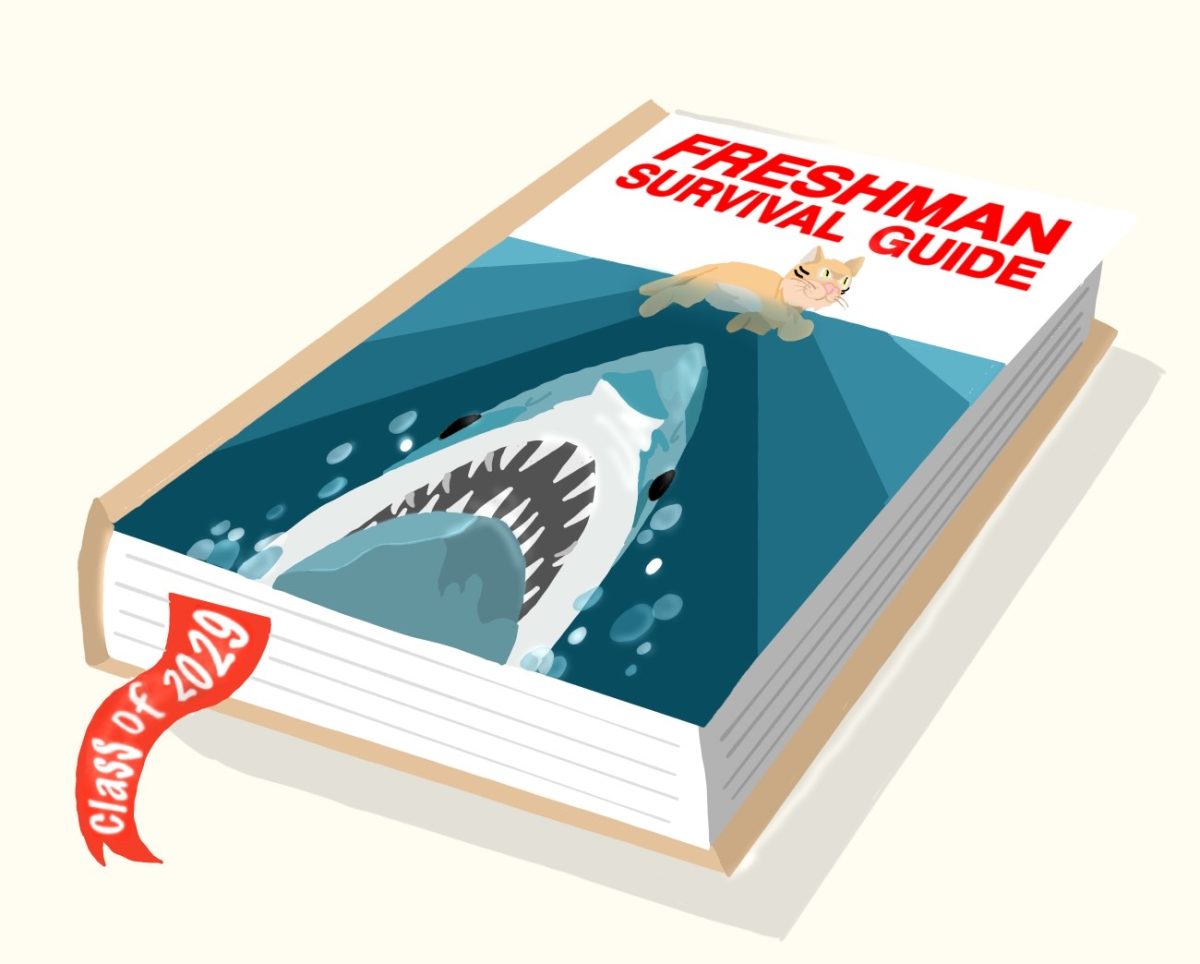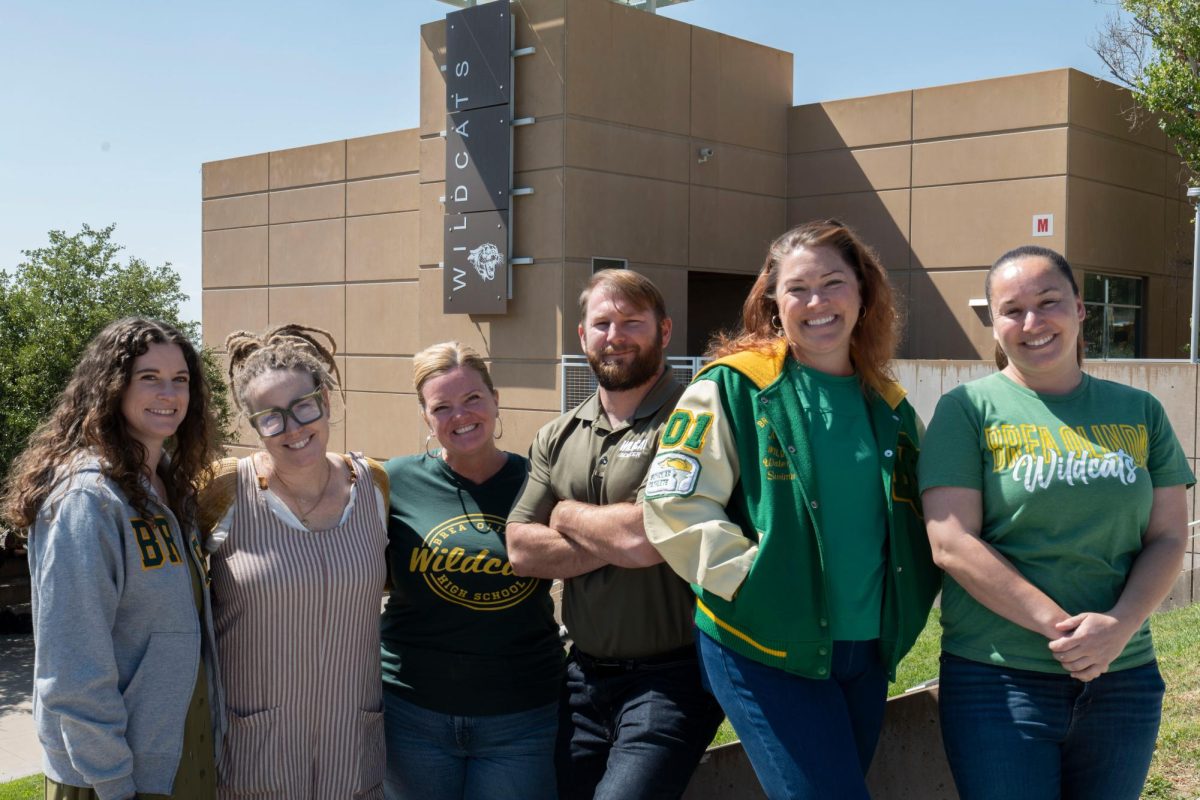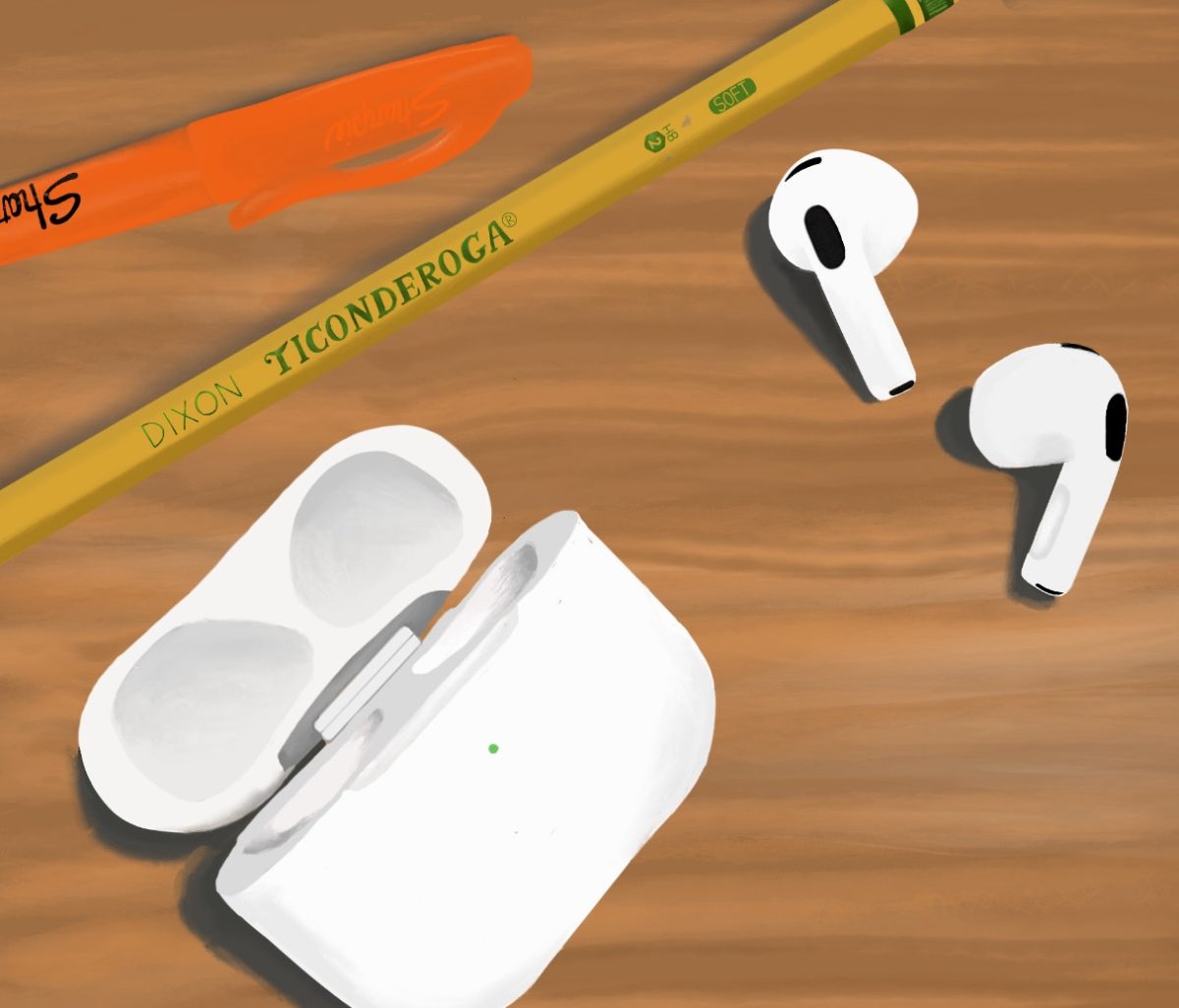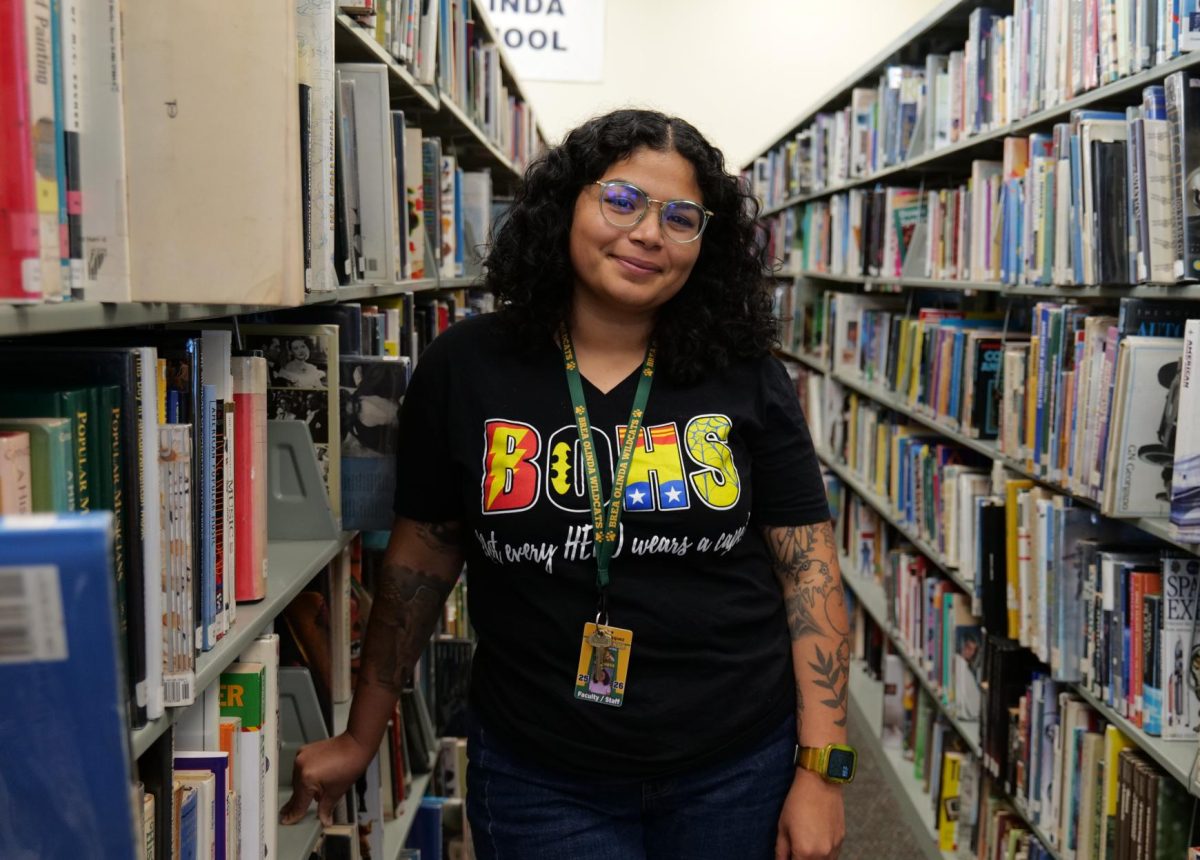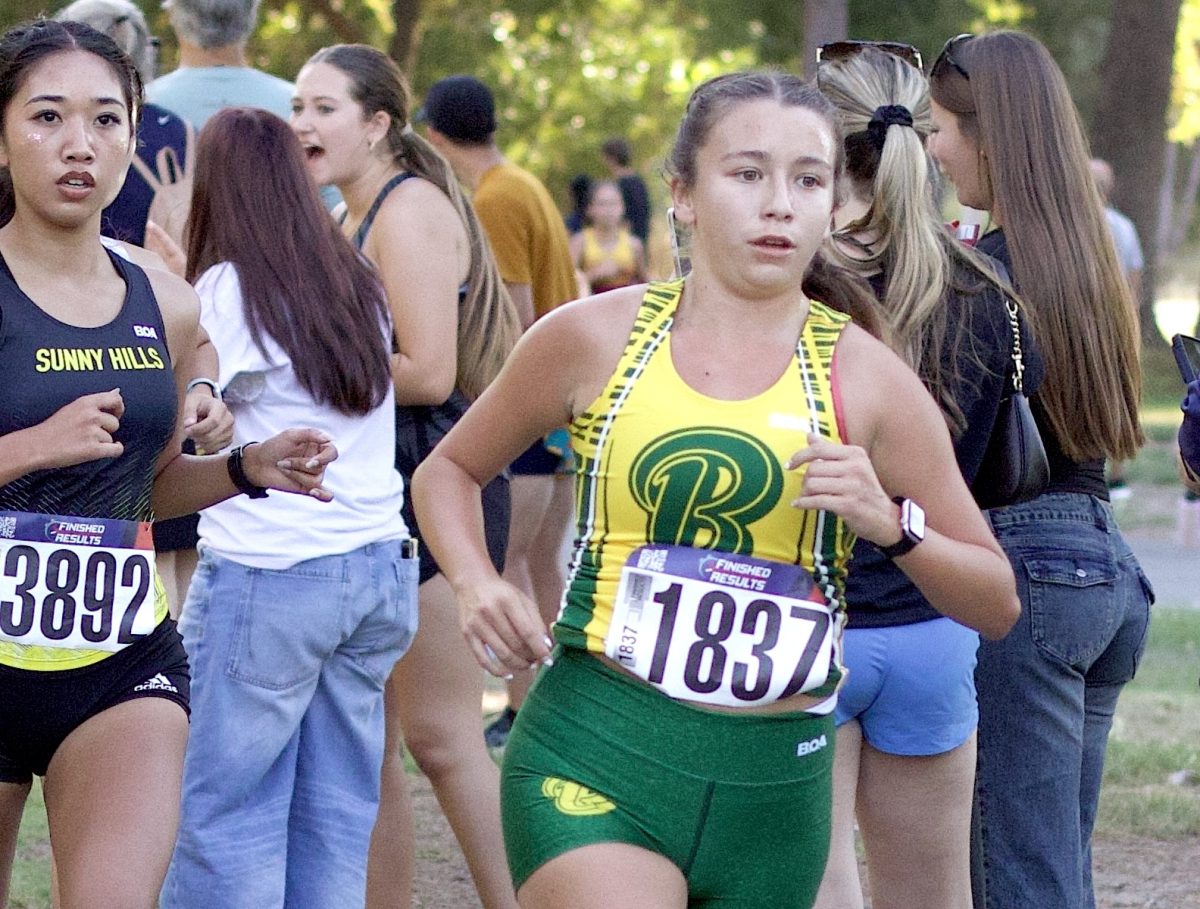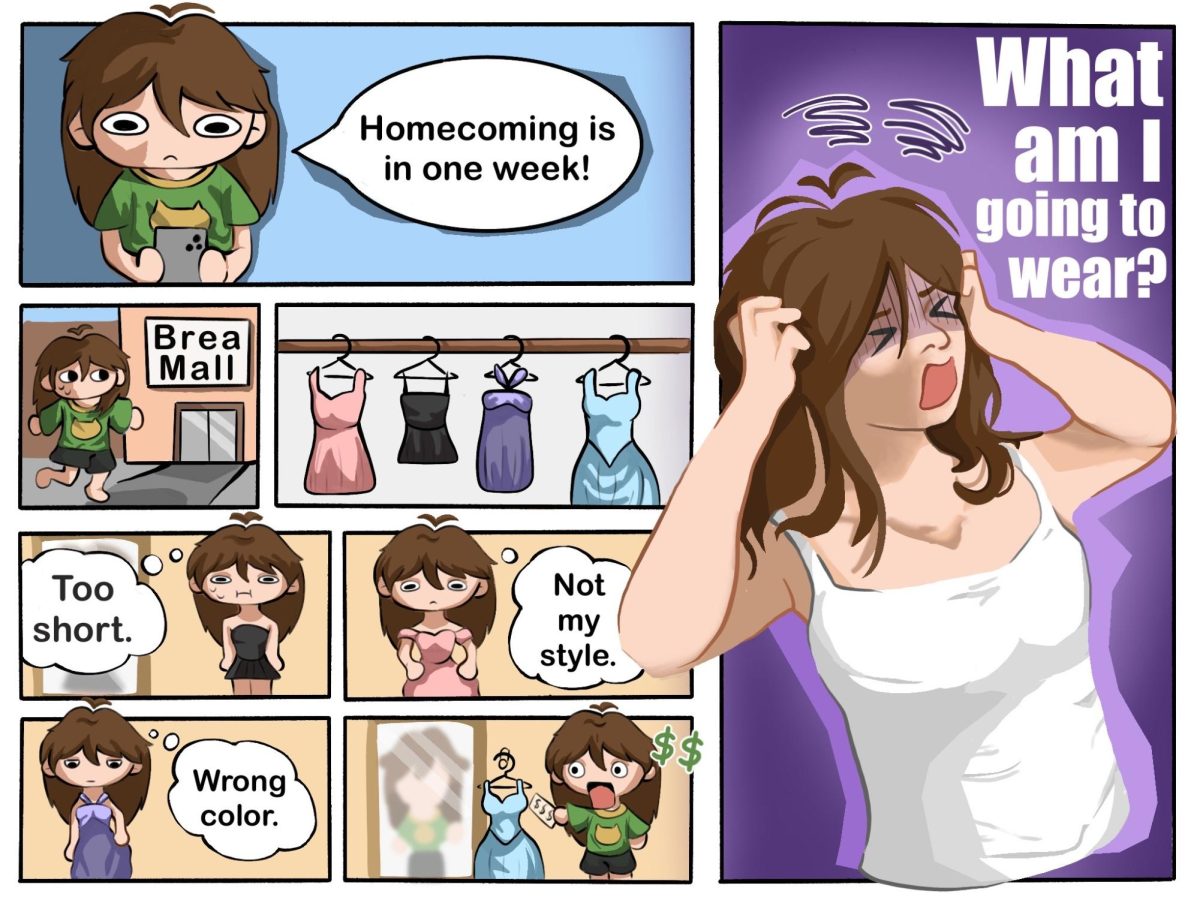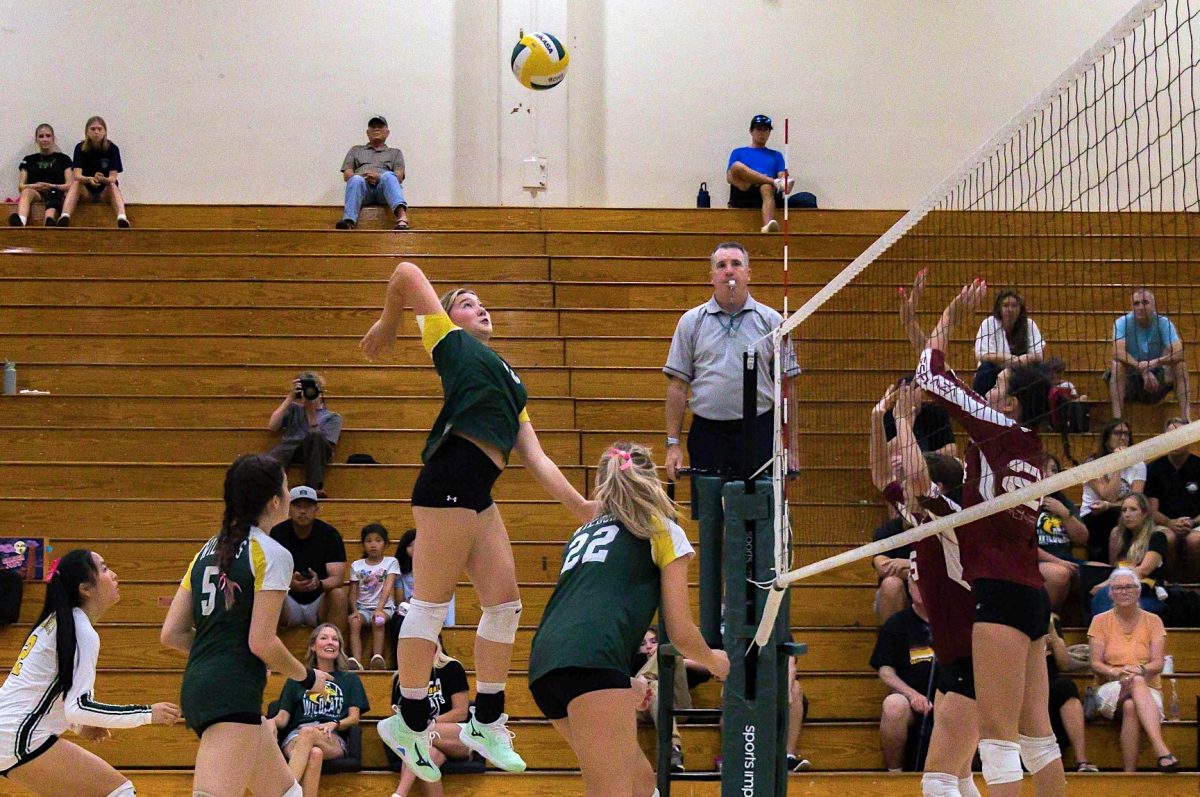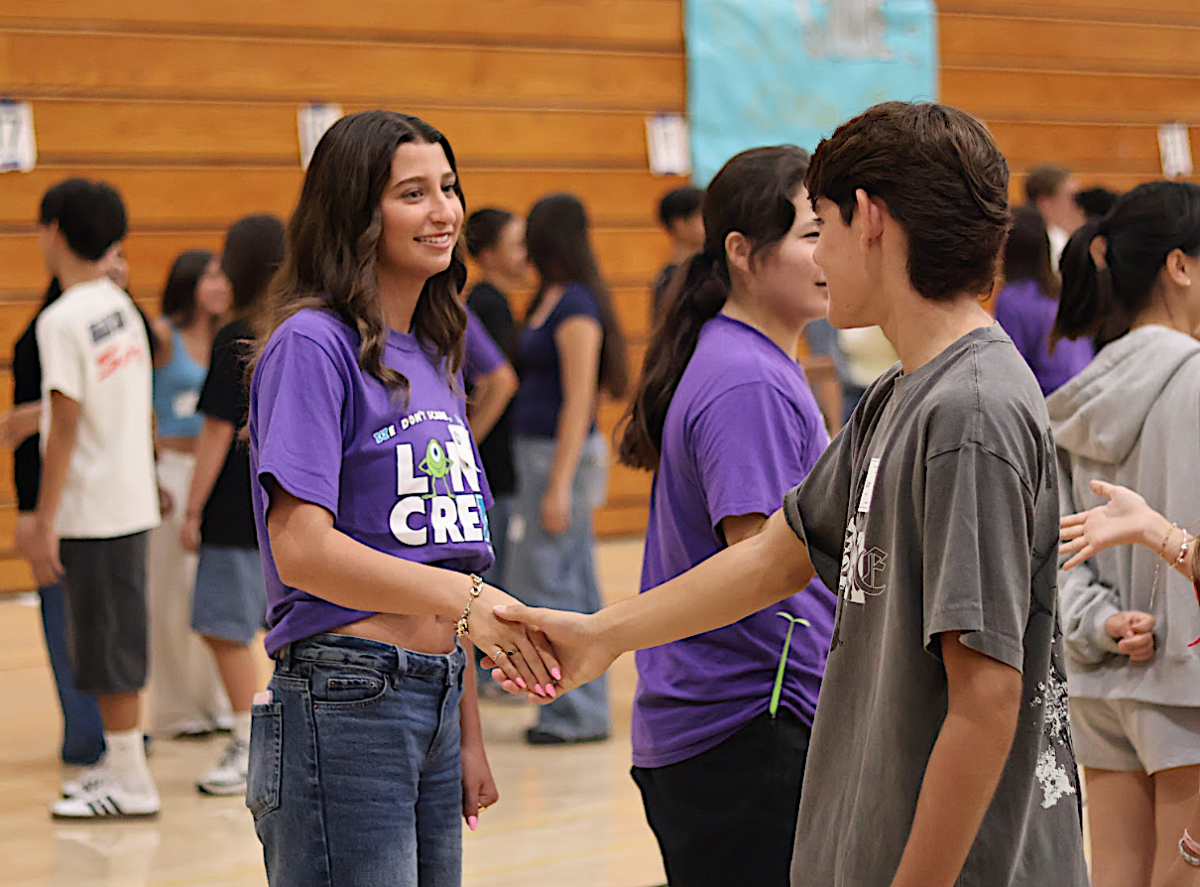It happens every year: Just days before school starts we remember that we need to adjust sleep schedules, buy school supplies, assemble the perfect first-day fit, and complete summer homework assignments.
But for the incoming Class of 2029, the countdown to the first day of school is marked with additional pressures, fears, and questions:
Will I be able to find my classes?
What do I do with all of these books?
Will a senior stuff me into a trash can?*
Starting the four-year odyssey of high school is a very real burden on a 14-year-old’s shoulders, and navigating it can feel sometimes like trudging through a jungle without a map or compass.
But the majority of the BOHS student body — the classes of 2026, 2027, and 2028 — have been there, and have survived.
Including this writer, who made it through her freshman year intact.
To aid the newest Wildcats transition from the cozy confines of the junior high to the sprawling campus on Wildcat Way, we present to the Class of 2029 a survival guide.
Assemble the Crew
During the first few days, weeks, and months of ninth grade, questions swirl: Will my teachers be nice? Where’s the cleanest bathroom? From whom should I get advice? The last question is especially important because having friends and mentors whom you can trust is essential for surviving an often tumultuous first year of high school.
This morning, you were welcomed to BOHS by Link Crew and its Link Leaders. You met your mentors, toured the campus, and played team-building games, the first steps towards what’s to come this year — freshmen-only events like today’s dance and social, lunch-time treats, and pregame tailgating. Your Link Leaders are more than just resources to help you navigate freshman year, they’re new friends as well.
“High school can be really daunting at first, but Link Crew is here to build connections with the freshmen and make sure they have the best possible high school experience,” Link Leader Siena Codekas (’27) said.
Another valuable ally: your teachers. That sounds obvious as we know teachers exist to support us, but engaging our teachers with “hellos,” and making genuine attempts to get to know them, has enormous benefit, from being more inclined to assist us with homework, to writing more thoughtful letters of recommendation for internships and college applications, to making our classes more enjoyable to attend.
For Ava Dao (‘28), reviewing her essays with Literature and Composition 1 teacher Kristen Dedmon last year resulted in more confident writing and ultimately, higher grades.
“Sitting in Mrs. Dedmon’s room helped me feel safer with authority figures and asking for help,” Dao said. “The fact that I was comfortable asking for help improved my writing and helped me become more confident.”
At first, approaching adults can feel intimidating, but a daily “good morning,” or some other attempt to engage, can open the gate to developing a rewarding relationship with your teachers.
As the saying goes, “You never get a second change to make a first impression.” Here are some tips for making a good first impression with your new teachers:
- Arrive to class prepared. Pack required materials the night before and use the ASB-provided agenda to track your homework and other daily to-dos.
- Participate. Not only does participation enhance your learning, it also helps teachers form connections with their students through the one-to-one engagement.
- Be attentive. Outside of the obvious, like remembering what your homework is and when it’s due, pay attention to what your teachers’ interests are – show them you care. Most of your teachers will have genuine interest in getting to you as human beings, so reciprocate by getting to know them as well. (Last year, for instance, I learned that Mrs. Kurtz doesn’t like chocolate; Mr. Koers is really into the Fast and Furious movies, and Mrs. Weiseth has a cat cadaver named Tybalt in her room.)
Another resource on campus that can help you feel less adrift with the challenging coursework is BOHS’s after school tutoring program, which is a great place to tackle difficult homework with help from experienced peer tutors. (Keep an eye on the counseling department’s Instagram account in the weeks ahead for tutoring days, hours, and available courses.)
And for students who need to pause and reset, the PAWS Wellness Room is a safe, private, and even cozy space open to all students. Students may use Wellness space for mental health support (the room is staffed by a BOHS counselor) and a few minutes of decompression in the midst of the more stressful days.
Navigating 789 Wildcat Way
One of all of our biggest fears is being late to class on the first day of school. When the bell rings and you still can’t find which building you needed to be in 10 minutes ago, it can feel like a humiliation ritual.
To avoid that embarrassment, here is how to decode classroom numbers:
If the room number starts with 1, it is on the first floor. If the number starts with 2, it is on the second floor. Lower-numbered rooms — like 101-112, and 201-220 — are closest to the school entrance. Rooms ending in 40-47 are in the New Building. (Which isn’t really new — it was built in 2007.)
Another old saying: “Two heads are better than one.”
When searching for classrooms on the first day of school, scout the area with a freshman friend. Not only can you problem-solve together, but if you do walk into the wrong class, you’ll have something to laugh about later.
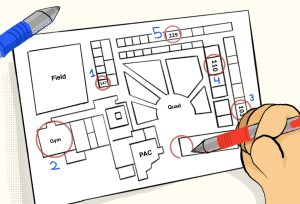
After surviving a full morning of classes, the next challenge is navigating lunchtime — from avoiding the crush of traffic in the cafeteria area to finding just the right spot to retreat to, either solo or to reunite with your friends.
The cafeteria, despite having 13 (yes, 13) lines, is often congested, so hustle from fourth period and get in line as soon as possible. (Pro tip: Lines 1 to 4 are the least busy.) The food is hit or miss: Skip the pizza, but don’t miss the mozzarella bites. And while the Asian-inspired can often be a gamble, the cafeteria nails the Italian food and salad wraps (which slaps and is healthy).
After braving the lines and securing lunch (don’t forget the fresh apple!) comes finding the perfect spot, because once your area has been claimed, it will, most likely, be your go-to lunch spot for the entire year. Will you choose the heavily-populated outdoor quad area? The noisy indoor cafeteria? The tree-shaded benches near the New Building? Your favorite teacher’s classroom?
Ultimately, finding your way around campus can take time. Even seniors can get disoriented after two months of vacation so don’t stress if you don’t immediately know the exact layout of our very large high school.
Mapping Classes
For freshmen, figuring out which classes to take can feel like a leap of faith. Fortunately, if you have a change of heart and the classes currently printed on your schedule are not the best fit for you, you can schedule an appointment with your counselor, Megan Jansen, and initiate a schedule change before the end of the first quarter. (But don’t wait too long or else you’ll be many weeks behind in the new class.)
Even before you have attended your first class at BOHS, you already know that high school homework is more challenging and time-consuming than middle school. Hunched over a desk, mindlessly grinding through worksheets may have been your routine at the junior high, but it won’t be at BOHS, where the academic expectations are higher, the work load greater. Building a solid study routine during the first few weeks of school will lay the foundation for academic success for your time at BOHS.
Testing and quizzing are also more frequent at the high school, so a deeper comprehension of materials is necessary to succeed in class. Not understanding the fundamentals of a unit will leave you falling behind during in-class lectures and end-of-unit exams. (Teachers seem to have a Spidey-sense for students who haven’t done their homework and will call on the most unprepared.)
Find a method that best fits your schedule and learning style. Try all of these proven-to-work methods and settle on the one that’s the best fit for you and your schedule:
- The Pomodoro Technique: – Dividing your time into 30-minute chunks per subject, with 25 minutes of studying and five minutes of rest, forces you to lock in without distractions.
- The Feynman Technique: – Start on one concept and research it deeply, and then explain your subject to a family member, friend, or plushie. Find gaps in your understanding and work on developing comprehension.
- Active Recall: Use flashcards, fill-in-the-blank notes, and mock tests to test your knowledge and force your brain into memorizing information. The goal of active recall is to retrieve information at a later time without using your notes or textbook. This one is especially useful for AP students as a lot of Multiple Choice Questions (MCQs) are recycled in quizzes and tests.
Side Quests
Extracurriculars, whether sports, clubs, performing arts, or academic teams, are often what make high school more fun, and much more worthwhile than doom scrolling TikTok on the living room couch. Freshman year is the year of exploring and discovery of new interests, new passions, new knowledge. It’s a time to find your community — your people — at BOHS.
Two of the most popular extracurricular activities at BOHS are sports and performing arts. There are 22 sports and six arts programs (choir, band, drama, musical theater, dance, and color guard) on campus, each with multiple skill levels, from frosh to varsity, beginning to advanced. Participating in a competitive program has many advantages over PE — competition is more fun than jogging in circles around the track; you’ll make lifelong friends with teammates and fellow performers; and away games and shows can sometimes mean leaving school early to travel by bus. All of these options foster discipline, teamwork, and best of all, friendship.
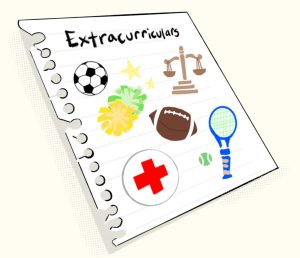
Morgan Kim (‘28), varsity golfer, recommends that everyone join a sport, partly for competition, but also for the relationships. “It’s very good to be involved with sports because it’s essentially a second friend group,” Kim said.
Clubs are another way to get involved, to become a part of the campus community. Sign up for clubs that pique your interest during Club Rush in September. (With over 100 clubs to choose from, there’s literally something for everyone.) Clubs provide a unique opportunity for finding community and attaining leadership positions, which look good on college applications.
“When I was a freshman, I was nervous to talk to anyone and share my passion to new people,” Art Club co-president Connor Bebout (‘26) said. “But with Art Club, I found a safe community that fostered my love for art.”
For the more studious types, academic teams from Mock Trial to Academic Decathlon to numerous honors societies are an invaluable opportunity to test knowledge and connect with peers.
Academic Decathlon President Leo Jang (‘26) encourages freshmen to try out for academic teams. “[Incoming freshmen] might be surprised to find they thrive in competitions like Academic Decathlon, and it could open the door to something they really love and are passionate about,” Jang said.
Whether you compete in a Brawl Stars tournament hosted by the Brea Brawlers Club or smash balls with the tennis team, finding a community in an extracurricular activity is a major part of experiencing, and enjoying, high school.
‘X’ Marks the Spot
Above all, have fun. Freshman year is the time to develop good habits, make new friends, be challenged by more rigorous classes, discover new passions, enjoy dances, participate in spirit days, and “get WILD” in The Den.
Part of the journey is getting lost along the way – it’s for the plot! Each side quest builds experience with your environment, community, and, most of all, self.
And if you ever feel overwhelmed, just remember that the classes of 2026, 2027, and 2028 made it out of their freshman years alive. You will too.
But more than simply surviving, if you invest yourself in all BOHS has to offer, your freshman year will be about thriving.
*No, you will not be stuffed into a trash can by a senior.


